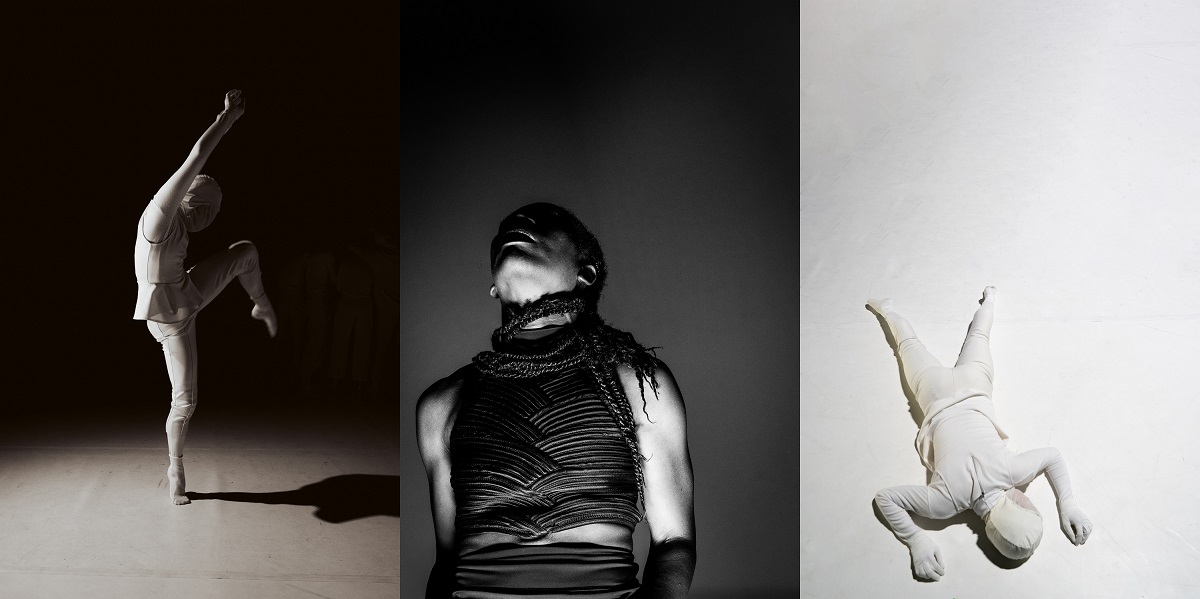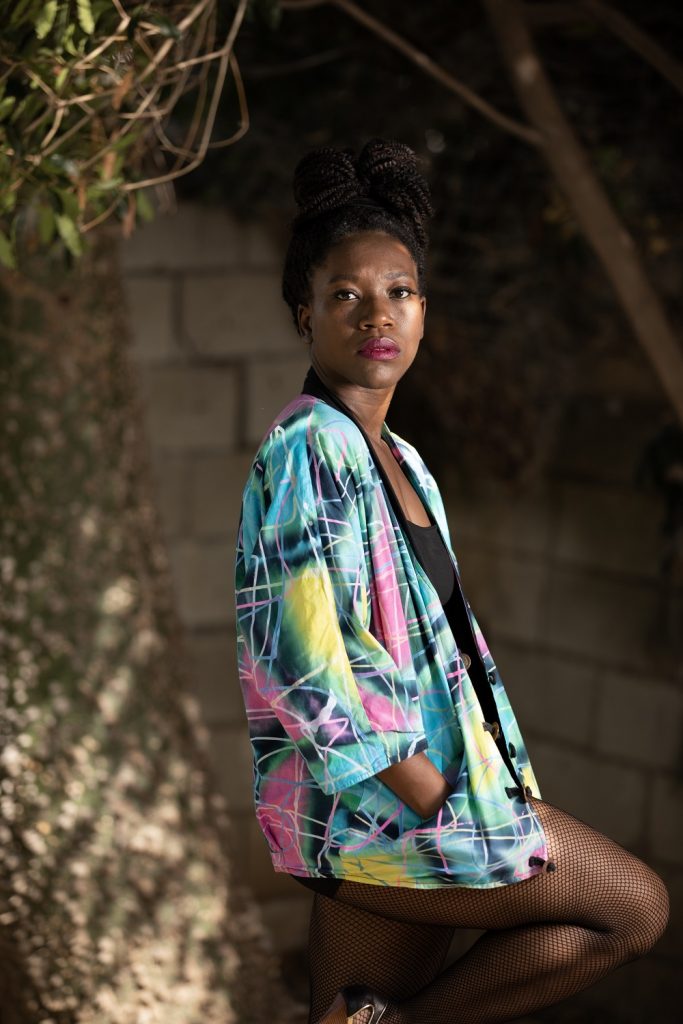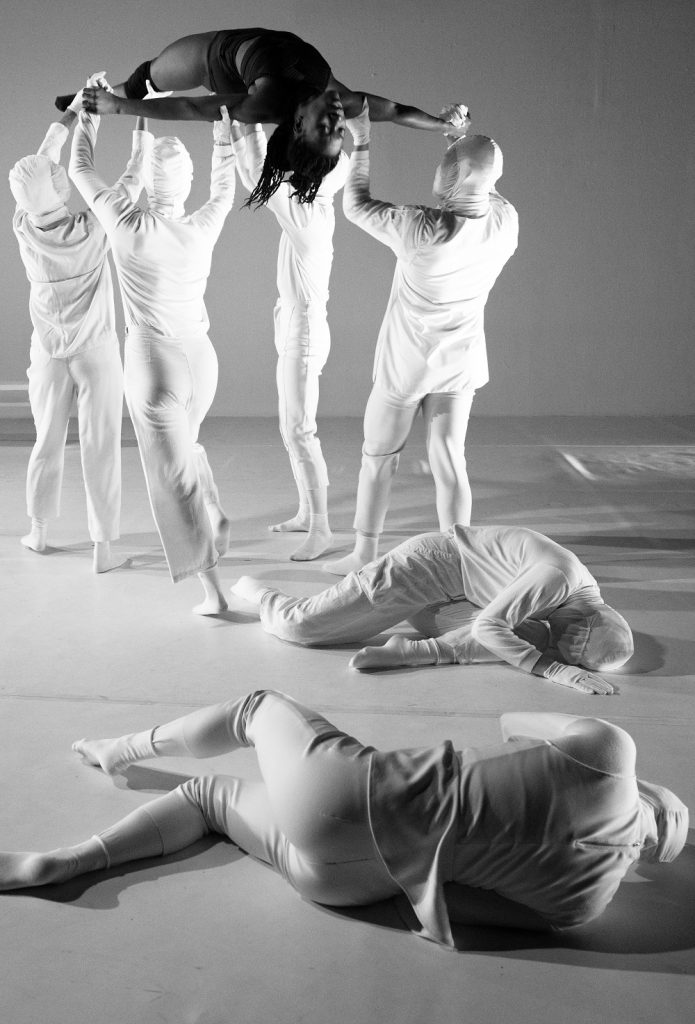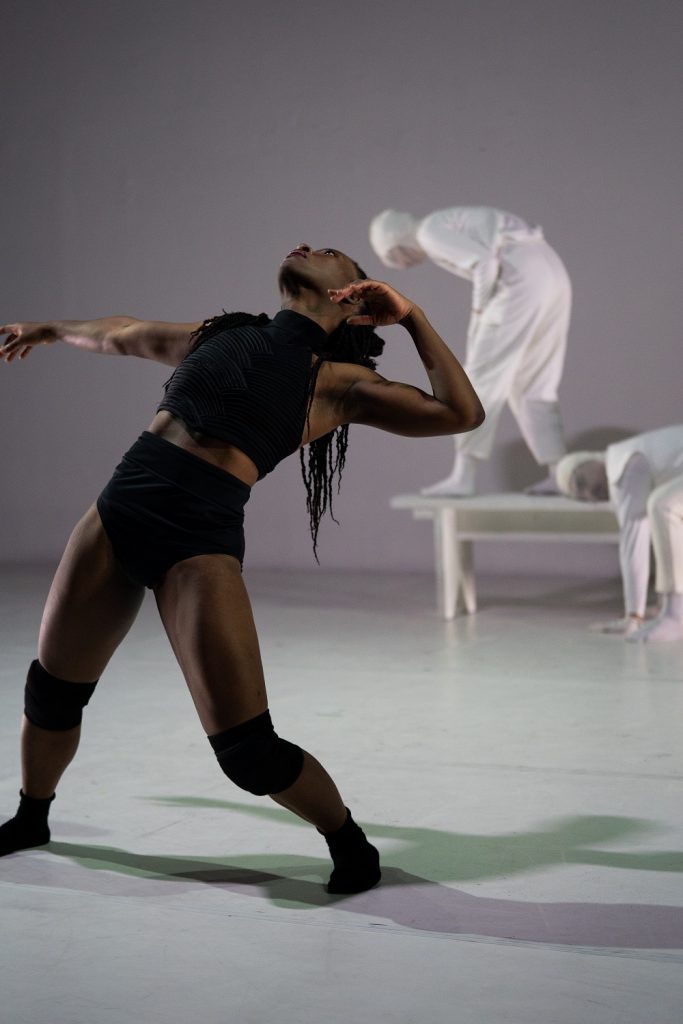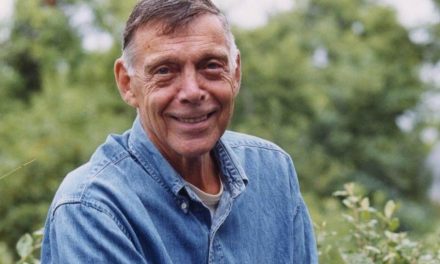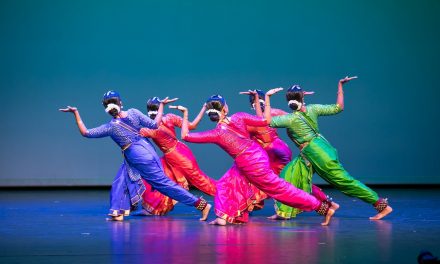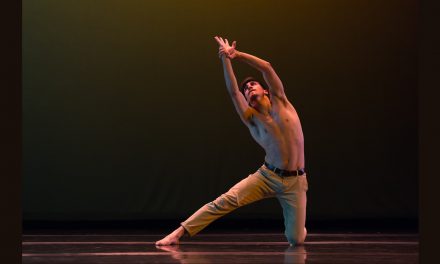In June and July, Dance at the Odyssey, produced by Odyssey Theatre Ensemble and Barbara Mueller-Wittmann, returns to in-person performances featuring L.A. Contemporary Dance Company (LACDC), Primera Generación Dance Collective, Teresa Toogie Barcelo, Galiana&Nikolchev’s The Useless Room, Hannah Millar, and deufert&plischke/Germany (free event). The series begins June 2-5 and 9-12, 2022, with LACDC’s World Premiere of Dancing in Snow by guest choreographer Roderick George created during a month-long residency with LACDC in April of this year. Tickets are on sale now.
George joins the long list of choreographers whose work has been commissioned by LACDC including Kate Hutter Mason, Genevieve Carson, Jamila Glass, Micaela Taylor, WHYTEBERG, Roya Carreras, Alice Klock, Stephanie Zaletel, Nathan Makolandra, Gregory Dolbashian, Christian Denice, Laurel Jenkins, Holly Rothschild and others.
George’s professional performance experience includes Cedar Lake Contemporary Ballet, Sidra Bell Dance NY, Kevin Wynn Collection, Basel Ballett/ Theater Basel in Switzerland, and later as a guest with the GöteborgsOperan DansKompani. In 2014, George joined The Forsythe Company in Frankfurt, Germany. In addition to LACDC, Roderick has created commissioned works for Ballett Basel, Canadian Contemporary Dance Theatre, Springboard Danse Montreal, MOVE NYC and numerous educational institutions that include University of Utah, SUNY Purchase, Boston Conservatory at Berklee and Hubbard Street Dance Chicago Choreographic Intensive.
George first worked with LACDC to create Tainted, a solo featuring Jamila Glass that premiered at the Odyssey Theatre in 2020. I was unable to connect directly with George but he did provide a couple of responses to me via email. When asked to explain the genesis of Dancing In Snow, he wrote:
“Well, I have been making a saga of events in my work. The first work I created was my experience living in Berlin and being away watching the #BLM movement happening. I felt like a traitor as a black American person, and I couldn’t protest or scream about issues that ultimately affected my family and friends. This personal dialogue helped shape the work that I am excited to make. Code language(ing), easy distribution of ideas and culture, and what is freedom were the impetus for my choreographic language and how I wanted to filter my voice into dance.
Creating Tainted was easy because I had taken my research of LACDC and confronted Jamila on her experiences in America, corporate America, or the dance world. Later, when the opportunity arrived to create something for the company, I wanted to deconstruct Tainted and open it up to all individuals. We are all trying our best to fit into this manufactured society. But, again, this is art, and I have a distinct voice; however, that’s what is supposed to be beautiful about America. We have a “freedom of speech.” This work gives me the avenue to open up conversations and discussions that we, as different entities, get to have unfiltered.” -Roderick George
Glass is joined by LACDC dance artists Kate Coleman, Nicole Hagen, Colleen Hendricks, JM Rodriguez, and Ryan Ruiz, and guest artists Edgar Aguirre, Sam McReynolds, and Dave x to “offer a sophisticated and thoughtful statement about Black and Queer experiences, and how cultural appropriation and tokenism separate Black dancing and culture from Black bodies.” LACDC press release.
I was fortunate enough to hold a telephone interview with Jamila Glass, Artistic Director and a founding member of LACDC, to ask her opinions about this new work.
Dancing In Snow is not an extension of Tainted, Jamila explained. “It was expanded to more people than the original Tainted cast, because Roderick was inspired by the company and wanted to work with more bodies,” She added. George wanted not only to dive deeper into the work but to be able to spend more time with them.
Although Dancing In Snow shares a few themes with Tainted, these have been broadened beyond a single person’s experience or viewpoint. Unlike Tainted, Jamila is but one of many stories in this 60 minute work. “What is interesting about what he has done with this work,” Jamila said, “is the ebb & flow between different figures who are magnified in one moment and in the next moment disappear back into the collective. This is reminiscent of larger conversations around a person’s need to feel seen and the powers that be, who like puppeteers, choose who is seen and whose voices are amplified.”
Glass shared conversations with George about his time living in Europe, extensively in Germany and Switzerland. He spoke to her about his experiences working in the professional world as well as interacting with the people of those countries. It was not simply his physical self that he spoke of but how there was friction between people of color who originated the movement and those who co-opted it for their own use. Roderick also described working in New York where he was a bit of an anomaly, not just as a queer Black man, but also as a contemporary ballet dancer who is short in stature. “There are a lot of things that he has had to fight for to be seen in those spaces,” she said. Glass expressed how this aligns with the Black experience as a whole by having to hyper-exceptional in white spaces with people who are talented, but not necessarily expected to be best of the best just to be in the room.
They discussed how the above is also true with LGBTQ+ and BIPOC dance artists who have experienced their work being used by others who later claim it as originally their idea or creation. What comes to mind is how the movie industry took tap dancing that was created by Blacks and turned it into a multimillion dollar entertainment featuring Fred Astaire, Ginger Rogers, Gene Kelly and white artists. The same happened within certain genres of the music industry.
“Other people in the cast (of Dancing In Snow) were able to understand and have similar stories with that perspective,” Glass said and she went on to explain how she thought that George was inspired by this and everything that has recently taken place globally. He spoke to her about the Make America Great Again (MAGA) movement and how there are people who, for them, this movement means returning to American lifestyles and ideas that were the norm back in the 1950s.
The music that George chose was influenced by this impossible desire of reversing time to what some considered ideal – the white picket fence, couples where the wife stayed home while the husband worked, and what was seen on television during that time that reflected and/or influenced what was viewed as normal. George collaborated with the music group slowdanger who designed a score with songs by Elvis Presley, The Chordettes, The Ames Brothers, and other groups from that era.
The first act of Dancing In Snow references, and is in reverence to, the utopian dream that the MAGA crowd thinks of as making everything in America “great again.” “But it is the engaging and at times unsettling way in which he (George) juxtaposes the music along with the costuming and the movement,” Glass said, adding that she felt that the work was very thought provoking. From there, George breaks down or dissects these ideas even further. The costumes co-designed by Robert Huerta and Ashley Kayombo for the first act are all white so that the audience is looking at a blank slate. This will change during the second half of the piece. The Lighting Designer for the work is Claire Chrzan.
When asked what she wanted audiences to take away with them after viewing Dancing In Snow, Glass said that she simply wanted a level of complexity of thought about the way we view dance and how we think about or see people. Audiences sometimes look at what is only on the surface of a dance work. Glass wants them to dig deeper and perhaps even become a little uncomfortable when faced with what could be their own subconscious or conscious prejudices.
“These things matter and these things exist,” she said, “and the only way that we can move forward is if we can talk about it.” Unlike a dramatic stage play filled with a lot of spoken text, Dancing In Snow is another way to address certain problems that have existed for a long time. But this is not a piece with a totally Black cast. There are also white people and other people of color because their voices also matter. “It is those conversations and being willing to be vulnerable and uncomfortable, that will help us take this journey forward. We can only do it together.”
Glass shared with me that she hopes that Dancing In Snow will bring up things in people that they are willing to share, talk about and discuss. Being unable or unwilling to speak to one another without anger is a problem shared by many. She wants audiences to leave feeling motivated and empowered to discuss issues with those who might have different views, and perhaps come to a middle space of understanding.
George also answered my question regarding what he hoped audiences would take home with them.
“Anything! It’s never my place as an artmaker to direct the audience’s gaze. However, I tried to design a shared culture and social dances derivative of an American lifestyle. My experience living in Berlin and being an outsider to Americans appropriating another culture became the layer of a clear narration of my opening—having the world seem beautiful however the undertone is chaotic.
Later, distributing the precise nuance of each dancer of LACDC, the audience gets to follow the trajectory of their favorite character like a movie. My intention is to show the trauma unfold or develop, yet I wanted audiences to feel that the work was incomplete/ reflective. As we live this life, we all want to find a sense of understanding of how to live happily ever after, but unfortunately, we never do. Every day on the news, there are new ways to discover the inconsistency of how we have to redirect our lives. A pandemic, school shootings, capitalism, poverty, change in women’s rights, LGBTQ+ rights, etc., are examples of how we are shifting our lives and trying to create new normatives. Therefore, we have to use trauma as the antagonist to how we get to see the change in our lives.” -Roderick George
####
WHAT: WORLD PREMIERE of DANCING IN SNOW by Roderick George.
WHO: L.A. Contemporary Dance Company
WHEN: June 2-5 & 9-12 at Odyssey Theatre2055 S. Sepulveda Blvd. Los Angeles, CA 90025
– Performances at 8pm on Thursdays, Fridays and Saturdays, 2pm on Sundays
TICKETS: $25, $15 Student (with ID)
For more information and to purchase tickets to Dancing in Snow, click HERE.
Learn more about LACDC’s programming and opportunities to connect with the company’s WEBSITE.
To read more about Roderick George HERE.
To find out more about Dance at the Odyssey, please visit their WEBSITE.
Trailer with R. George explaining his work
Written by Jeff Slayton for LA Dance Chronicle.
Featured image: L.A. Contemporary Dance Company – “Tainted” by Roderick George – Photos by Robbie Sweeny

